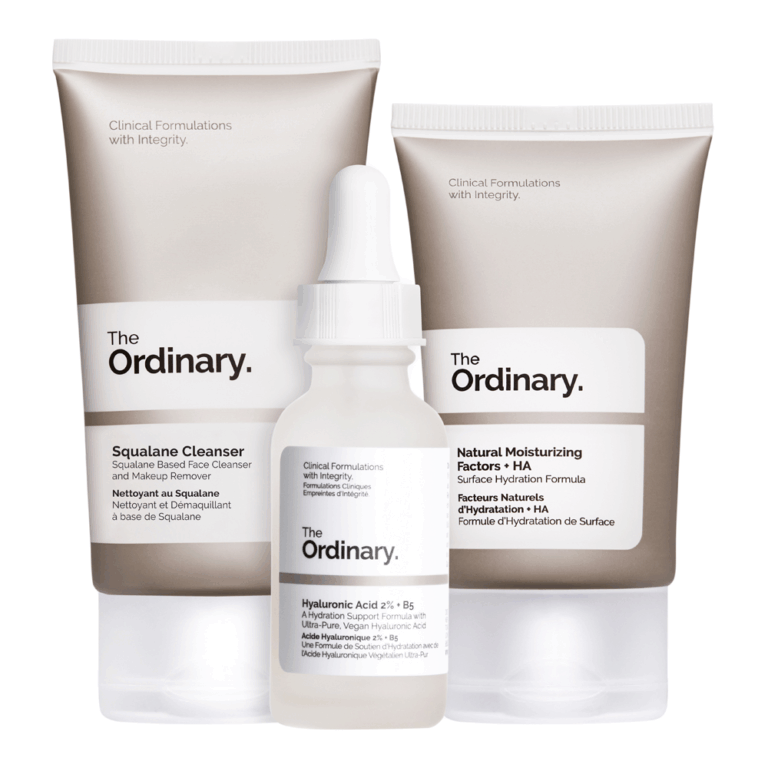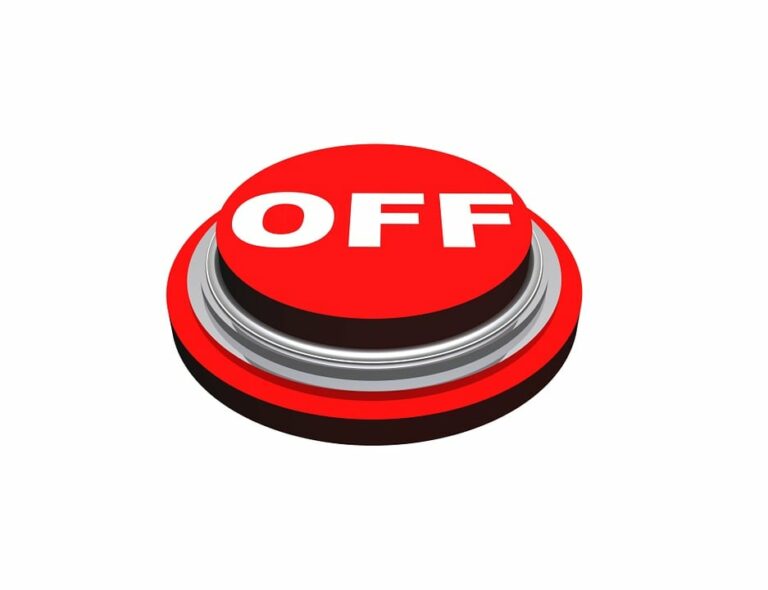The Ultimate Guide to the Best Wax for a Brand New Car
The Ultimate Guide to the Best Wax for a Brand New Car cars.truckstrend.com
There’s nothing quite like the feeling of driving a brand new car off the lot. The pristine paintwork, the sparkling finish, the distinct "new car smell" – it’s a moment of pure joy and pride. But that factory-fresh shine, while beautiful, is surprisingly vulnerable. From UV rays and environmental fallout to everyday road grime and micro-scratches, the world is eager to diminish your car’s initial luster. This is where the concept of the "Best Wax For Brand New Car" comes into play – not just any wax, but the right protective layer chosen to safeguard your investment and keep it looking showroom-new for years to come.
Applying a suitable protective product early in your car’s life is one of the smartest investments you can make in its long-term appearance and value. It’s about building a robust shield against the elements, enhancing the paint’s natural depth, and making future cleaning a breeze. This comprehensive guide will walk you through everything you need to know about selecting and applying the ideal protection for your prized new possession.
The Ultimate Guide to the Best Wax for a Brand New Car
Understanding New Car Paint: Why It Needs Protection
When your car rolls off the assembly line, its paintwork consists of multiple layers: a primer, a base coat (color), and a clear coat. The clear coat is the uppermost layer, a transparent, hardened resin designed to protect the color coat and provide gloss. While modern factory clear coats are remarkably durable, they are not impervious. They are susceptible to:
- Oxidation and Fading: Caused by prolonged exposure to ultraviolet (UV) radiation from the sun, leading to dullness and color degradation over time.
- Environmental Contaminants: Acid rain, bird droppings, bug splatter, tree sap, industrial fallout (iron particles), and road salt can etch into or bond with the clear coat, causing permanent damage if not removed promptly.
- Minor Abrasions: Washing techniques, wiping dust, and even just touching the car can introduce swirl marks and light scratches, especially on softer clear coats.
Despite being "new," the paint has fully cured during the manufacturing process. Therefore, it’s ready for immediate protection. The goal is to preserve this perfect, unblemished surface before any damage can occur, rather than trying to correct it later.

Why Wax Your Brand New Car? The Benefits Are Abundant
Protecting your brand new car goes far beyond just maintaining its aesthetic appeal. The benefits are both immediate and long-lasting:
- Superior UV Protection: A good wax or sealant acts as a sacrificial layer, absorbing and reflecting harmful UV rays, preventing the clear coat from oxidizing, fading, and losing its vibrant color.
- Chemical Resistance: It creates a barrier that helps repel acidic substances like bird droppings, bug guts, and acid rain, giving you more time to remove them before they can etch into the paint.
- Physical Barrier Against Minor Damage: While not bulletproof, a protective layer adds a degree of slickness and a slight buffer, making it harder for light contaminants to bond and reducing the likelihood of minor swirl marks from washing.
- Enhanced Gloss and Depth: Quality waxes and sealants significantly amplify the paint’s natural luster, creating a deeper, richer, and more reflective finish that truly makes your car stand out.
- Easier Cleaning and Maintenance: The hydrophobic (water-repelling) properties of waxes and sealants cause water to bead up and roll off the surface, taking dirt and grime with it. This makes washing quicker, more effective, and reduces the need for harsh chemicals.
- Preserves Resale Value: A well-maintained exterior speaks volumes. Protecting your paint from day one ensures it looks its best for years, significantly contributing to a higher resale or trade-in value down the line.


Types of Protection for New Cars: Choosing Your Shield
The term "wax" is often used generically, but there are several distinct categories of paint protection, each with its own characteristics, durability, and aesthetic qualities.
-
Carnauba Wax:
- Description: Derived from the leaves of the Brazilian carnauba palm, this is the classic choice for enthusiasts. It’s natural and renowned for the deep, warm, wet-look gloss it imparts.
- Pros: Unparalleled depth and warmth of shine, especially on darker colors. Natural product.
- Cons: Least durable, typically lasting only 1-3 months. Offers less chemical resistance than synthetics. Requires frequent reapplication.
- Best For: Show cars, weekend cruisers, and owners who enjoy the ritual of frequent waxing and desire the ultimate "wet look."
-
Synthetic Paint Sealants (Polymers):
- Description: Man-made polymers engineered to bond to the paint surface, offering superior durability and protection compared to natural waxes.
- Pros: Excellent durability (6-12 months typically), strong chemical resistance, good UV protection, often easier to apply and buff than some waxes, provides a slick, reflective finish.
- Cons: May not offer the same "warm" depth as carnauba, though modern sealants are very close.
- Best For: Daily drivers, those seeking long-lasting protection with less frequent application, and a high-gloss, reflective look.
-
Ceramic Coatings (SiO2-based Coatings):
- Description: The cutting-edge of paint protection, these liquid polymer solutions contain silicon dioxide (SiO2) that chemically bonds to the clear coat, forming a semi-permanent, hardened layer.
- Pros: Extreme durability (2-5+ years), exceptional hydrophobicity (water beads and sheets off intensely), increased hardness (some scratch resistance, though not scratch-proof), incredible gloss, and superior chemical resistance.
- Cons: Most expensive option, requires meticulous paint preparation (decontamination, sometimes polishing), challenging and unforgiving application (often best left to professionals), permanent once applied (requires machine polishing to remove).
- Best For: Owners seeking the ultimate, long-term protection, minimal maintenance effort, and a high budget. Ideal for new cars as paint correction is often minimal.
-
Hybrid Products (Wax/Sealant Blends):
- Description: These products combine natural carnauba with synthetic polymers, aiming to offer the best of both worlds – the warmth of carnauba with enhanced durability.
- Pros: A good balance of gloss and durability, often easier to apply than pure carnauba or complex ceramics.
- Cons: Durability varies widely depending on the formulation.
- Best For: Those who want a compromise between look and longevity without committing to a full ceramic coating.
-
Spray Waxes/Sealants (Sio2 detailers/boosters):
- Description: Quick and easy spray-on, wipe-off products. Some are pure waxes, some are synthetic, and many now incorporate SiO2 for added hydrophobicity.
- Pros: Fastest application, excellent for quick shine boosts, top-ups for existing protection, and maintaining hydrophobic properties between washes.
- Cons: Least durable (weeks to a couple of months), not a primary standalone protection.
- Best For: Maintenance, boosting existing protection, or for those who want a quick shine for an event.
Key Considerations When Choosing Your Protection
- Durability vs. Look: Do you prioritize a deep, warm glow (carnauba) or long-lasting, slick protection (sealant/ceramic)? How often are you willing to reapply?
- Application Difficulty: Are you comfortable with a meticulous, multi-step application process (ceramic), or do you prefer a simple wipe-on, wipe-off (spray wax)?
- Budget: Product cost ranges from affordable spray waxes to premium ceramic coating kits. Professional ceramic application can cost hundreds to over a thousand dollars.
- Maintenance Routine: How often do you wash your car? A ceramic coating requires less frequent reapplication but still benefits from proper washing.
- Environmental Factors: If you live in a harsh climate with extreme sun, road salt, or industrial pollution, a more durable option like a sealant or ceramic coating is highly recommended.
How to Apply Wax/Sealant to a Brand New Car (DIY Guide)
Applying protection to a new car is less about correction and more about preparation and proper application.
1. Preparation is Key:
- Wash Thoroughly: Use the two-bucket method (one for soap, one for rinsing your wash mitt) and a pH-neutral car shampoo. Wash from top to bottom, being gentle.
- Decontamination (Light): Even new cars can have bonded contaminants from transport. Use an iron remover spray to dissolve iron particles, then a fine-grade clay bar with lubricant to gently lift any remaining surface contaminants. Be extremely gentle with a new car; often, only a light claying is needed, or none at all if the surface feels perfectly smooth.
- Rinse and Dry Completely: Rinse thoroughly to remove all soap and product residue. Use high-quality microfiber drying towels or a car blower to ensure the car is 100% dry and streak-free. Any water spots or residue will be locked in by the protection.
- Inspection: In good lighting, inspect the paint for any swirls or imperfections that might have been introduced during dealer prep. If present, consider light polishing before protection, or have a professional address it. For a truly "brand new" car, this step is often skipped.
- Panel Wipe/IPA Prep: Before applying a sealant or ceramic coating, wipe down each panel with an "IPA (Isopropyl Alcohol) wipe" or a dedicated panel prep spray. This removes any polishing oils, waxes, or residues, ensuring a clean surface for the protective product to bond properly.
2. Application Steps (General for Wax/Sealant):
- Work in Sections: Never try to do the whole car at once. Work on one panel (e.g., hood, fender, door) at a time.
- Apply Thinly: Whether it’s a wax or sealant, less is almost always more. A thin, even coat is crucial for proper bonding and easy removal. Use a foam applicator pad for waxes/sealants. For ceramics, use the specific applicator block provided.
- Observe Curing/Haze Time: Follow the product instructions precisely for "haze time" (how long to let it sit before buffing) or "flash time" (for ceramics). This allows the product to bond.
- Buff Off: Use a clean, high-quality microfiber towel to gently buff off the residue. Turn the towel frequently to a clean side. For ceramics, pay close attention to "leveling" to avoid high spots.
- Allow to Cure: After application, allow the product to cure for the recommended time (e.g., 12-24 hours for sealants, up to a week for ceramics) before exposing it to water or washing.
Tips for Ceramic Coatings (Especially DIY):
- Controlled Environment: Apply indoors, out of direct sunlight, with good ventilation, and stable temperature/humidity.
- Lighting is Crucial: Use bright, even lighting to spot high spots or streaks immediately.
- Small Sections: Work in very small sections (e.g., 2×2 feet) to ensure you can level the coating before it cures too much.
- Multiple Towels: Have plenty of fresh, high-quality microfiber towels on hand for buffing.
Maintaining Your Protected New Car
Once your new car is protected, maintaining that pristine finish becomes much easier:
- Regular, Proper Washing: Continue to use the two-bucket method with a pH-neutral car shampoo. Avoid automatic car washes with harsh brushes.
- Avoid Abrasives: Steer clear of abrasive cleaners, polishing compounds (unless you intend to remove the protection), or stiff brushes.
- Quick Detailers/Spray Sealants: Use a spray detailer or ceramic booster after washes to enhance gloss and top up the hydrophobic properties.
- Address Contaminants Promptly: Bird droppings, tree sap, and bug splatter should still be removed as soon as possible, even with protection.
Price Table: Best Wax For Brand New Car (Estimated Ranges)
Please note: Prices are highly variable based on brand, product size, retailer, and specific formulation. These are general estimates for consumer-grade products. Professional ceramic coating services can range from $500 to $2000+.
| Product Type | Example Product/Category (Generic) | Price Range (USD) | Durability | Key Feature/Benefit |
|---|---|---|---|---|
| Carnauba Wax | Premium Paste Wax | $20 – $70+ | 1-3 Months | Deepest, warm "wet" look, natural shine |
| Synthetic Sealant | Liquid Polymer Sealant | $25 – $60 | 6-12 Months | Excellent durability, high reflectivity, good protection |
| Hybrid Wax/Sealant | Carnauba/Polymer Blend | $25 – $50 | 3-6 Months | Balance of gloss & durability, often easy to use |
| DIY Ceramic Coating | Consumer SiO2 Coating Kit | $50 – $150 | 1-3 Years (DIY application) | Extreme durability, intense hydrophobicity, hardness |
| Spray Wax/Sealant | SiO2 Detailer, Quick Detailer | $15 – $35 | Weeks – 2 Months | Quick shine, hydrophobic boost, maintenance product |
Frequently Asked Questions (FAQ)
Q: Should I wax my brand new car immediately after purchase?
A: Yes, absolutely. After a thorough wash and light decontamination (if needed), applying protection immediately is the best way to lock in that factory-fresh finish and prevent any damage from occurring.
Q: Can I let the car dealership apply protection for me?
A: It’s generally recommended to decline dealer-applied "paint protection packages." While well-intentioned, these are often overpriced and applied quickly without proper paint preparation, sometimes even causing swirls. It’s almost always better to do it yourself or find a reputable independent detailer.
Q: Is a ceramic coating overkill for a brand new car?
A: Not at all. In fact, a new car is the ideal candidate for a ceramic coating because its paint is typically in perfect, unblemished condition, requiring minimal (if any) paint correction before application. This ensures the coating bonds perfectly and provides maximum benefits.
Q: How often do I need to reapply protection?
A: It depends entirely on the product:
- Carnauba Wax: Every 1-3 months.
- Synthetic Sealant: Every 6-12 months.
- DIY Ceramic Coating: Every 1-3 years (or longer depending on specific product and maintenance).
- Spray Wax/Sealant: As a booster after every few washes, or every few weeks as a standalone.
Q: What tools do I need to apply wax or sealant?
A: You’ll need:
- Two buckets (for washing)
- pH-neutral car shampoo
- Wash mitt
- Microfiber drying towels
- Foam applicator pads (for waxes/sealants)
- High-quality microfiber buffing towels (several are recommended)
- (Optional but recommended for sealants/ceramics) Iron remover, clay bar, panel prep spray/IPA.
Q: What about Paint Protection Film (PPF)? Is that the same as wax?
A: No, PPF (also known as clear bra) is a transparent, self-healing urethane film that is physically applied to the paint. It offers superior physical protection against rock chips, scratches, and abrasions compared to waxes or coatings. Waxes and coatings provide chemical and UV protection and enhance gloss. PPF and coatings can be used together for ultimate protection (coating over PPF).
Conclusion
Protecting your brand new car is not merely a cosmetic choice; it’s a wise investment in its longevity, appearance, and value. By understanding the different types of protection available – from the deep warmth of carnauba wax to the unparalleled durability of ceramic coatings – you can make an informed decision that best suits your lifestyle, budget, and desired level of maintenance.
Regardless of your choice, remember that proper preparation is paramount, and a little effort upfront will pay dividends for years to come. Your brand new car deserves to look its best, and with the right protection, it will continue to turn heads and bring you joy, preserving that "new car feeling" long after it leaves the dealership.





